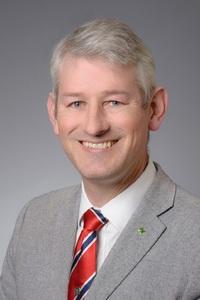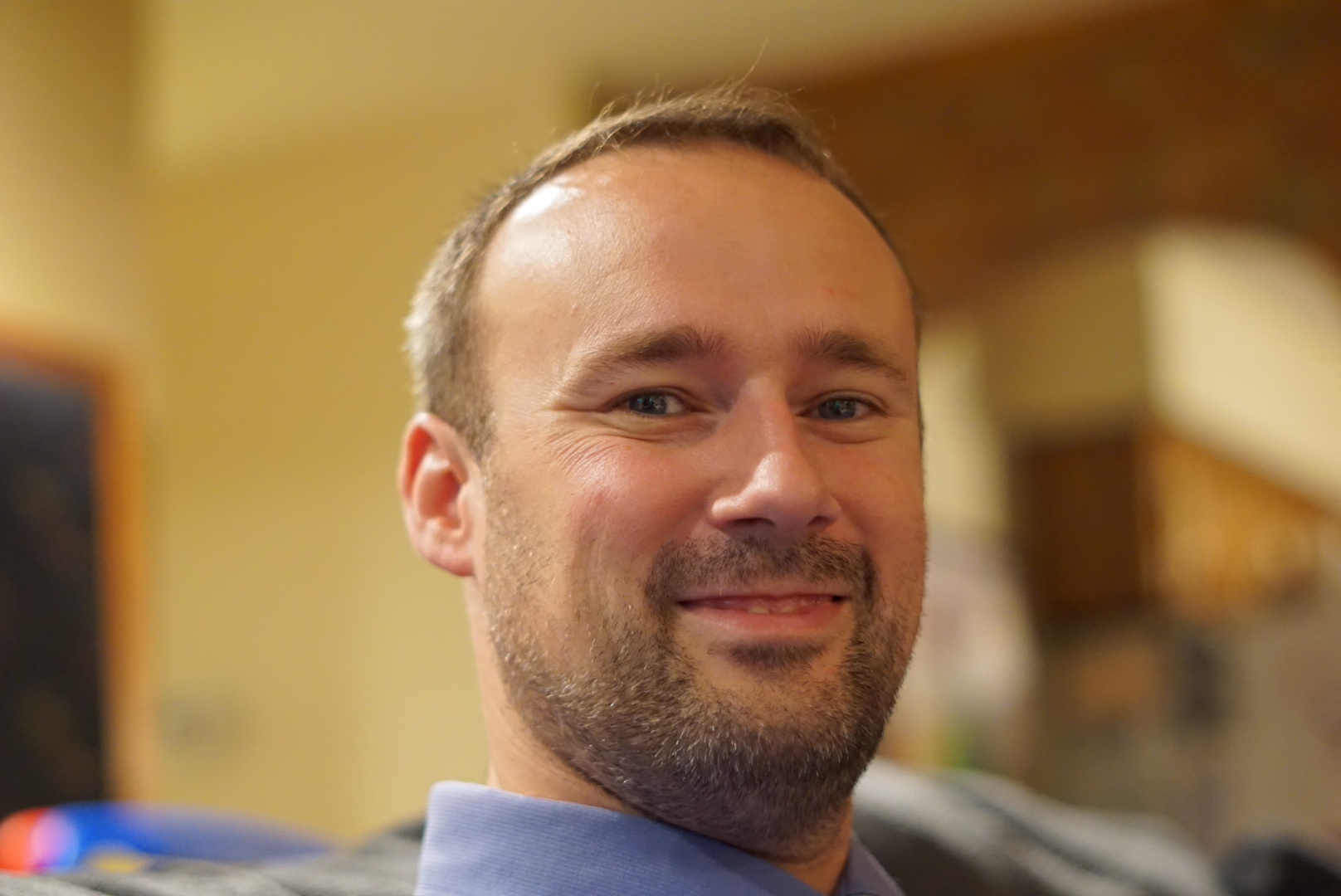These data are used to playback and test road algorithms using a full-sized vehicle in Ros.Code is available from git at: https://github.com/jmscslgroup/vuCs3891QuickDemonstration1. Create your docker image from the internal Dockerfile to this respository: docker build --tag rosblank .2. create the network to stream the bagfile docker network create localros 3.
 Submitted by Jonathan Sprinkle on September 11th, 2024
Submitted by Jonathan Sprinkle on September 11th, 2024
 Submitted by Xia Wang on May 9th, 2024
Submitted by Xia Wang on May 9th, 2024
 Submitted by Stephen Rees on April 30th, 2024
Submitted by Stephen Rees on April 30th, 2024
This project will improve the ability to build artificial intelligence algorithms for Cyber-Physical Systems (CPS) that incorporate communications technologies by developing methods of learning from simulation environments. The specific application area is connected and automated vehicles (CAV) that drive strategically to reduce stop-and-go traffic. Employing communication between vehicles can improve the efficiency of vehicle control systems to manage traffic compared to vehicles without communication. The research of this project will explore the simulation of CAVs and how we can improve their algorithms to reduce traffic congestion, with core technology developments that are applicable to homes, health, and smart and connected communities. Increasingly at the heart of CPS are artificial intelligence algorithms, which can be programmed using a simulation of how the system should operate in the real world. A major challenge is building a simulation that accurately captures the complexity of the system in question, and how it can be controlled. The project includes partners from Toyota and Nissan that support testbeds enabling the research and accelerate transition of research to practice. The project aslo includes state and local Government stakeholders / partners which will facilitate experimentation in the real-world and demonstration of traffic congestion objectives as well as potentially emission reduction. Tools, technologies, and datasets generated in this project will be shared as active resources to support access beyond the life of the project. The project brings a focus on mentorship for undergraduate researchers, in order to broaden participation in computing.
This project will develop new reinforcement learning approaches for Lagrangian control that accommodate communication and networking between actuators. A motivating domain that will be an application area of the project is CAVs. A major challenge is leveraging a small number of CAVs before those technologies realize full adoption rates. Vehicle and infrastructure communication technologies can be more useful for congestion management when feeding into a group of sparse, coordinated Lagrangian control agents. The project will use data from existing traffic sensors and testbeds to drive learning and control development. A fleet of instrumented and controllable passenger vehicles will be used for data collection and actuation. Validation experiments will be conducted using these vehicles on live roadways, and the results will be validated using a camera-based testbed that collects detailed traffic data.
 Submitted by Anne Dyson on November 7th, 2023
Submitted by Anne Dyson on November 7th, 2023